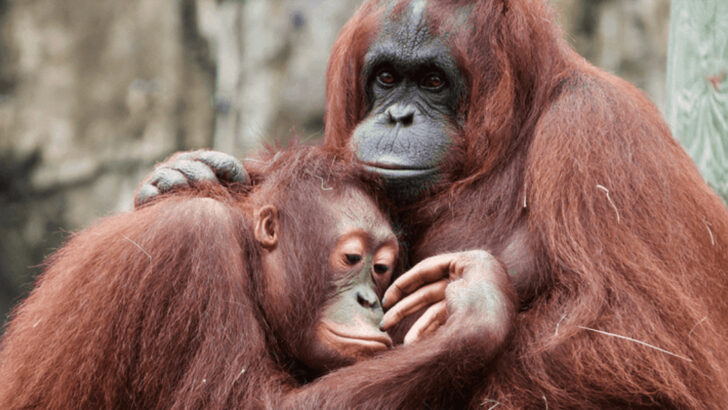Some animals are emotional mind-readers. Others? Absolutely clueless. While you’re laughing, crying, or silently fuming, certain species can pick up your vibe better than your best friend. Dogs tilt their heads with empathy. Horses mirror your mood. Even crows notice if you’re feeling off. But not all creatures are tuned into the emotional channel. Some do the opposite of what you’d expect—because they just don’t get it. This list reveals the emotional geniuses of the animal kingdom—and a few who’ve totally missed the memo. Get ready to be impressed… and maybe a little embarrassed for the clueless ones.
Dogs

With wagging tails and soulful eyes, dogs are renowned for their emotional intelligence. They’ve been man’s best friend for thousands of years, largely due to their ability to read human emotions. Whether it’s offering a comforting paw when you’re sad or sharing in your joy, dogs have a unique talent for tuning into our feelings.
Their ability to sense emotions extends beyond humans. Dogs can also pick up on the moods of other animals, making them excellent companions in multi-pet households.
Fun Fact: Dogs use their keen sense of smell not just for tracking, but also to detect shifts in emotional states.
Cats

Although known for their independence, cats possess a subtle ability to read human emotions. They may not be as overt in their responses as dogs, but a cat that curls up beside you or purrs when you’re down is showing empathy in its own way.
Cats often seek out their humans during times of stress, offering companionship in a quiet, understanding manner. Their intuition allows them to gauge when affection is needed most.
Quirky Fact: Some studies suggest that cats might actually mirror their owner’s moods, acting as a furry barometer of household emotions.
Horses
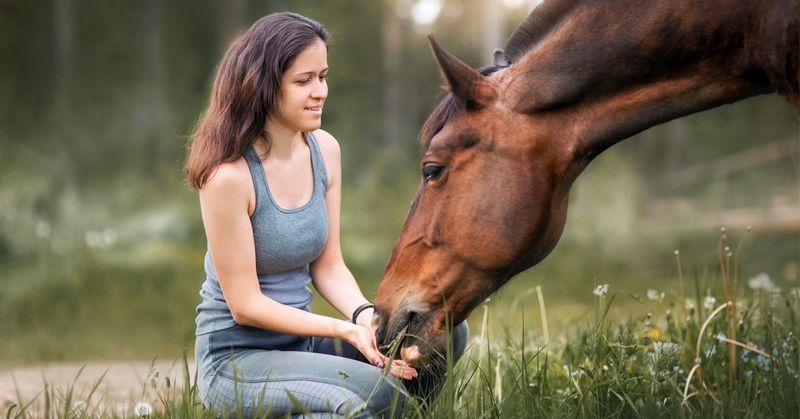
Horses have a long history of partnership with humans, not only as working animals but as companions. Their ability to read emotions is critical in equine-assisted therapies, where they help individuals with emotional challenges.
These majestic animals are sensitive to vocal tones and body language, quickly picking up on the emotional climate of their surroundings. This sensitivity makes them excellent partners for those seeking solace in nature.
Interesting Insight: Horses can mirror human emotions, reflecting feelings back to the person interacting with them, which can be both revealing and therapeutic.
Elephants
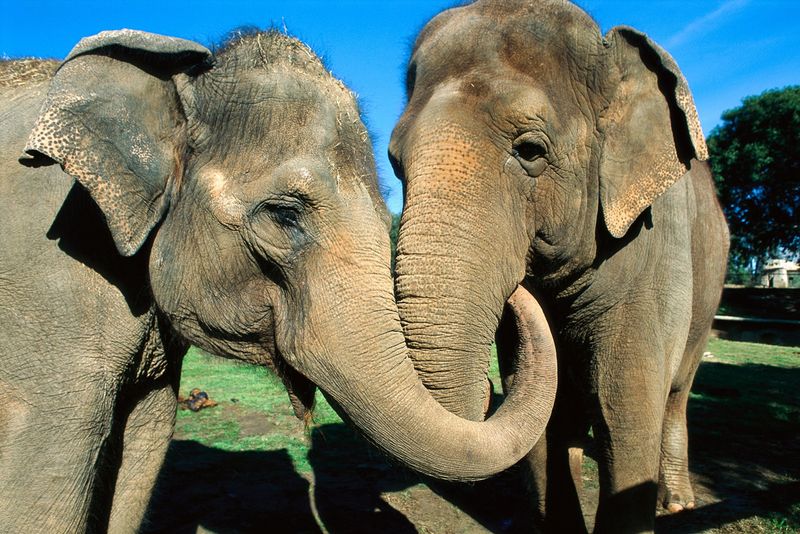
Elephants, with their intricate social structures, are celebrated for their deep emotional connections. Known to grieve their dead, elephants exhibit behaviors that suggest profound empathy and understanding.
They have been observed comforting distressed members of their herd by touching them gently with their trunks. This empathetic behavior extends to humans as well, with stories of elephants helping or protecting people in distress.
Fun Fact: Elephants have “hugging” trunks that they use to console one another, showcasing their compassionate nature.
Parrots
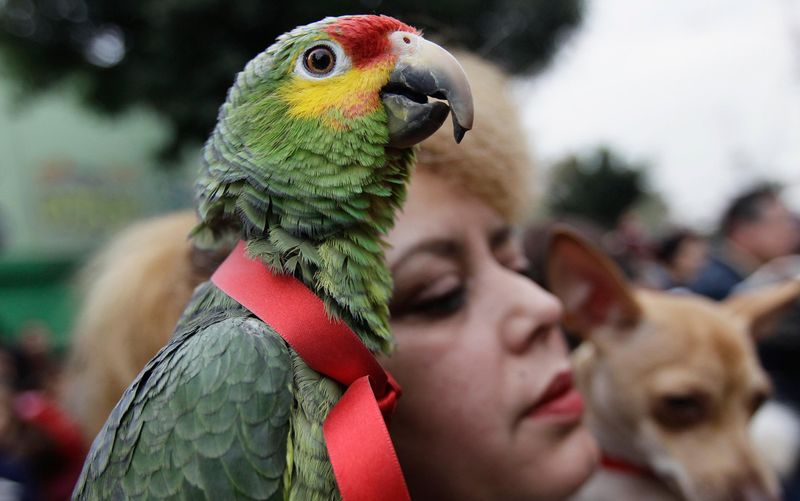
Parrots, particularly those species capable of mimicking human speech, are more emotionally attuned than they might first appear. These intelligent birds can often sense changes in their owner’s moods and will adjust their behavior accordingly.
Whether it’s a cheerful squawk or a comforting coo, parrots often respond vocally to emotional cues. Their ability to mimic and interact makes them engaging companions.
Did You Know? Parrots, especially African Greys, are known for their ability to understand the context of words, not just mimic them, adding depth to their emotional interactions.
Dolphins

Dolphins are celebrated for their playful nature and striking intelligence. These marine mammals are capable of forming strong social bonds and often display empathetic behaviors.
In the wild, dolphins have been observed helping injured individuals and showing concern for sick or distressed members of their pod. Their ability to read emotions extends to humans, making them popular in therapy programs.
Amazing Fact: Dolphins use a series of clicks and whistles to communicate, and some researchers believe these sounds convey complex emotional information.
Chimpanzees
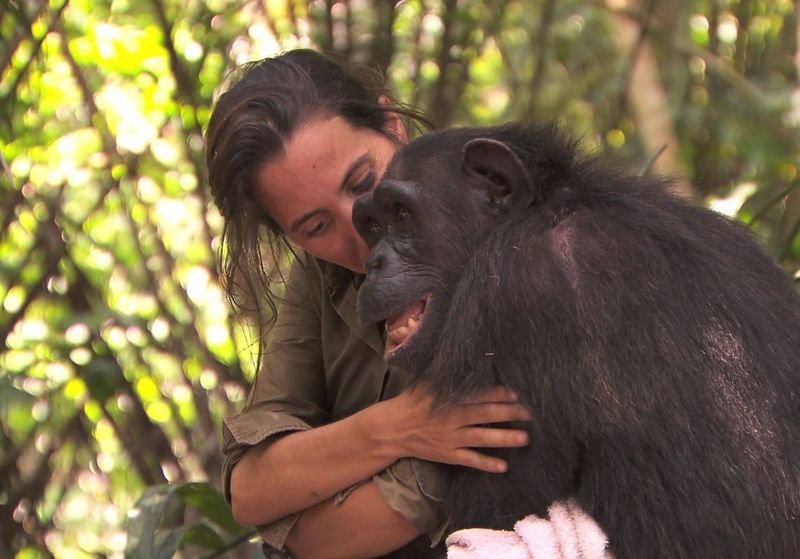
Closely related to humans, chimpanzees share many emotional and social traits with us. They are capable of recognizing and responding to a wide range of human emotions, making them intriguing study subjects in emotional intelligence research.
Chimps have been observed consoling others in distress and sharing in joyous moments. Their social structures often mirror human societies, complete with friendships, alliances, and rivalries.
Did You Know? Chimpanzees can recognize themselves in mirrors, a sign of self-awareness that contributes to their complex emotional lives.
Ravens

Ravens are among the most intelligent birds, with an ability to understand emotions and solve complex problems. These birds exhibit behaviors that suggest a deep understanding of social dynamics and emotional cues.
In the wild, ravens have been observed comforting their peers and engaging in playful activities that reflect their moods. This emotional depth makes them fascinating to both researchers and bird enthusiasts.
Fun Fact: Ravens are known to hold grudges, remembering individuals who have wronged them, which demonstrates their keen emotional memory.
Pigs
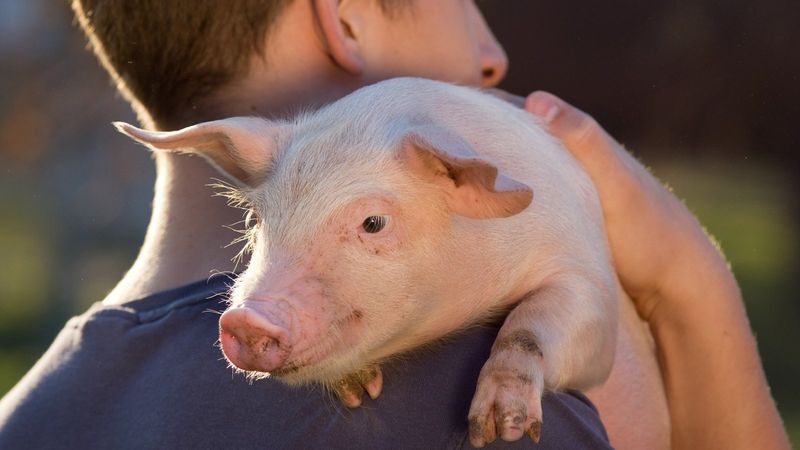
Pigs are often underestimated in terms of their emotional capabilities. Studies have shown that pigs can recognize human emotions and respond to them in ways that suggest empathy.
These intelligent creatures can sense when their human companions are upset and will often offer comfort in their own way. Their social nature and emotional depth are gaining recognition in animal welfare circles.
Did You Know? Pigs have been shown to learn tasks as quickly as dogs, which highlights their intelligence and emotional awareness.
Crows
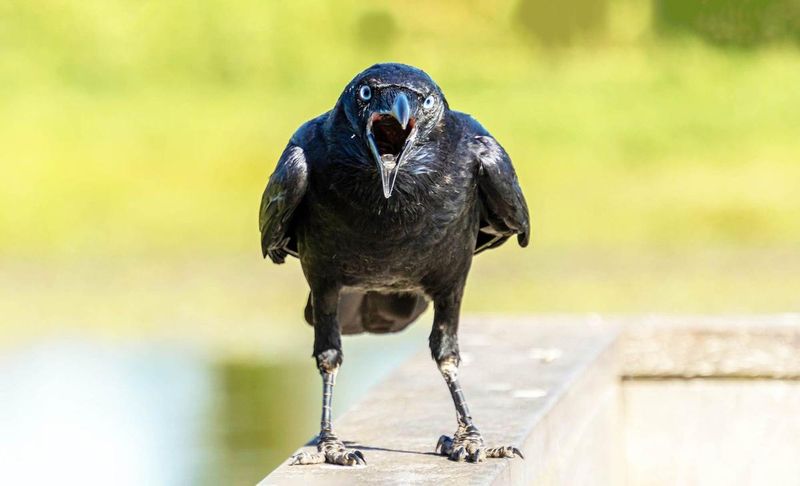
Crows, like their raven relatives, are highly intelligent and capable of understanding complex emotions. These birds are known for their problem-solving skills and ability to recognize individual humans.
Crows form tight family units and are protective of their kin, often showing behaviors that suggest empathy and emotional comprehension. Their interactions with humans can be surprisingly personal and insightful.
Intriguing Fact: Crows have been observed holding “funerals” for deceased members of their flock, a behavior that highlights their emotional complexity.
Orangutans
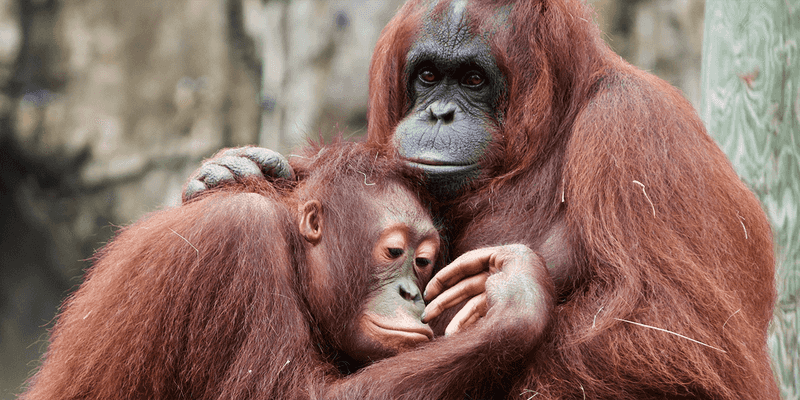
Orangutans, with their thoughtful expressions and solitary nature, are among the great apes with a rich emotional life. They are known to show empathy towards each other and sometimes towards humans.
These creatures often display behaviors that indicate emotional insight, such as comforting peers in distress or engaging in playful interactions when in good spirits.
Fun Fact: Orangutans have been observed using tools in the wild, which demonstrates not just intelligence but also their ability to plan and predict outcomes, a trait linked to emotional depth.
Bonobos
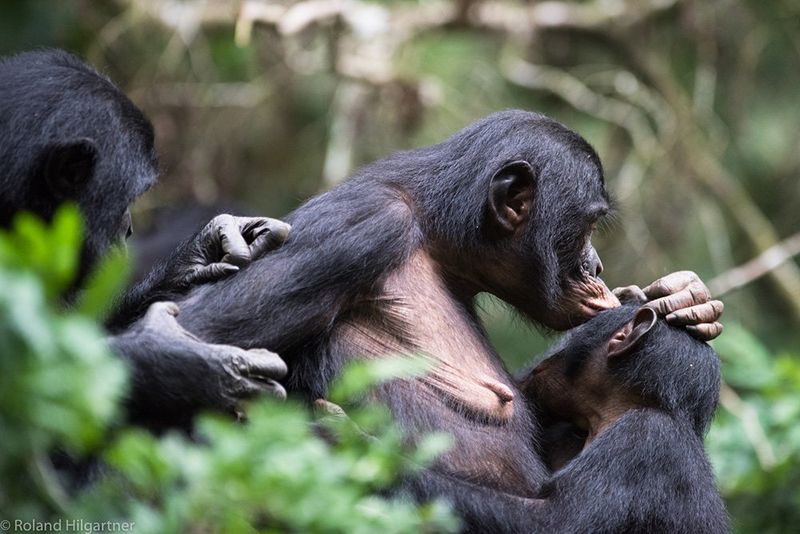
Bonobos, known for their peaceful and cooperative societies, exhibit high levels of emotional intelligence. They are often seen sharing food, comforting each other, and forming strong social bonds.
These primates use a complex system of vocalizations and gestures to communicate their emotions. Their ability to resolve conflicts amicably is a testament to their understanding of social and emotional dynamics.
Did You Know? Bonobos are our closest relatives in the animal kingdom, sharing over 98% of our DNA, which contributes to their advanced emotional understanding.
Goldfish
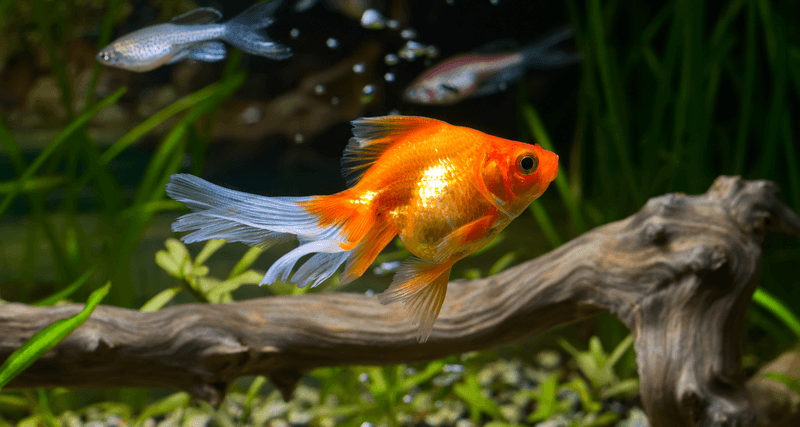
Goldfish, often kept as pets, are charming but lack the emotional depth found in many other creatures. Their social interactions are minimal, and they don’t exhibit the same level of emotional understanding as their more emotionally-intelligent counterparts.
While they may respond to stimuli like food, they don’t recognize or react to human emotions. This doesn’t detract from their beauty and calming presence, but it does mean they miss social cues.
Fun Insight: Goldfish have a memory span of about three months, which is much longer than the common myth of three seconds.
Turtles
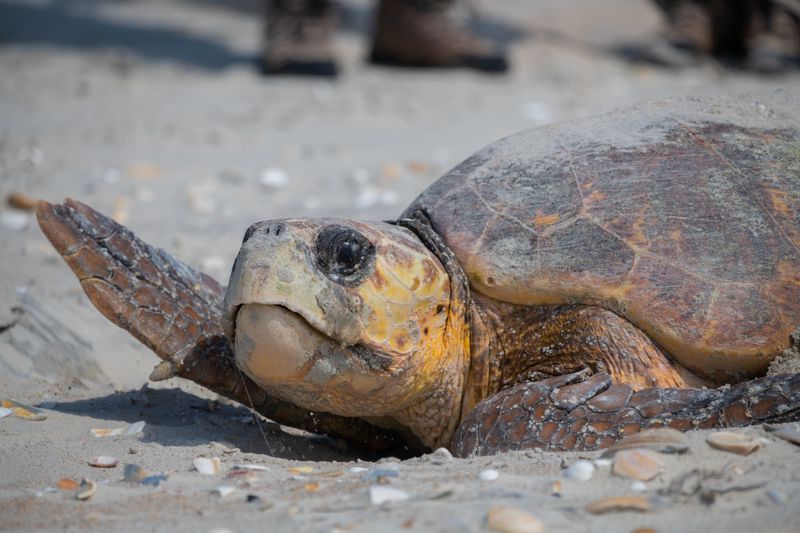
Turtles, with their slow and steady nature, are not known for emotional awareness. They lead solitary lives and don’t rely on complex social structures, which might explain their lack of emotional sensitivity.
These reptiles are more focused on survival instincts than on interpreting the emotions of others, making them less responsive to social cues. However, their ancient lineage and resilience make them fascinating in other ways.
Interesting Fact: Some turtle species have been around for over 200 million years, surviving major extinction events, which speaks to their adaptability rather than emotional intelligence.
Snails
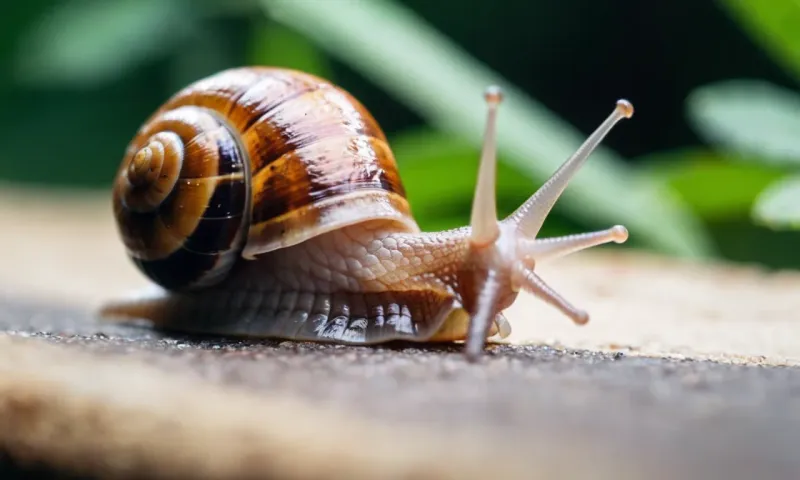
Snails, the gentle crawl of the garden, are creatures more concerned with their environment than with social interactions. Their slow pace and simple lifestyle leave little room for recognizing or responding to emotions.
These mollusks operate on basic instincts, focusing on food and reproduction, missing the emotional nuances of more complex animals. Yet, they play a vital role in ecosystems.
Fun Fact: Snails can sleep for up to three years in hibernation, a testament to their adaptability to changing environments rather than social awareness.
Jellyfish

Jellyfish, with their ethereal appearance, are creatures of instinct rather than emotion. They drift through the ocean, responding to basic stimuli like light and movement but missing complex social cues.
These ancient marine animals lack a brain, so they can’t process emotions in the way more developed creatures can. Their existence is guided by simplicity, focusing on survival in their watery world.
Did You Know? Jellyfish have existed for over 500 million years, showcasing their resilience and adaptability, though not emotional intelligence.
Sea Stars
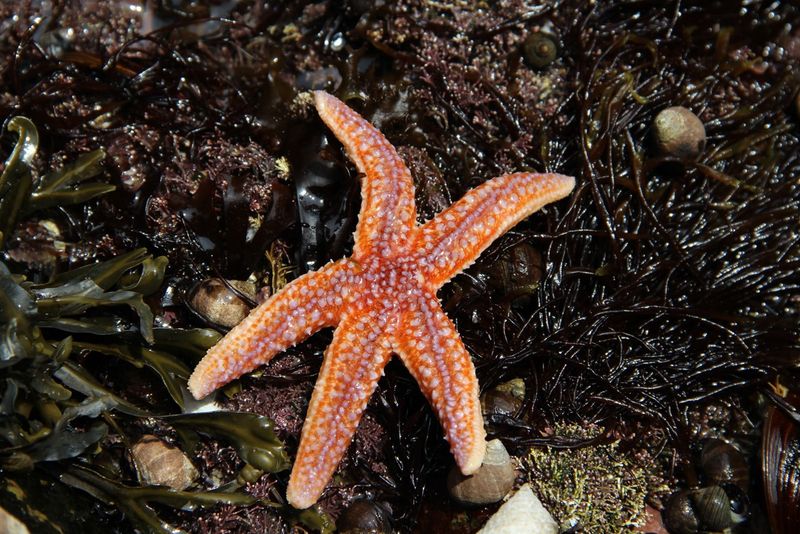
Sea stars, often admired for their beauty, are not attuned to emotions. These marine creatures lead a simple existence, focusing on feeding and using their tube feet to move slowly across the ocean floor.
Their lack of central nervous systems means they don’t engage in complex social or emotional interactions. However, their regenerative abilities and ecological importance are remarkable.
Interesting Fact: Sea stars can regenerate lost limbs, a testament to their resilience rather than their emotional capabilities.
Clams

Clams, with their hard shells and simple lives, exhibit minimal social interaction. These bivalves spend their days filtering water and are largely oblivious to the world around them.
Without a brain or central nervous system, clams don’t process emotions or social cues. Their existence highlights the diversity of life forms that thrive through simplicity rather than social complexity.
Fun Fact: Some species of clams can live for over 100 years, showcasing their longevity and tenacity rather than their emotional depth.

